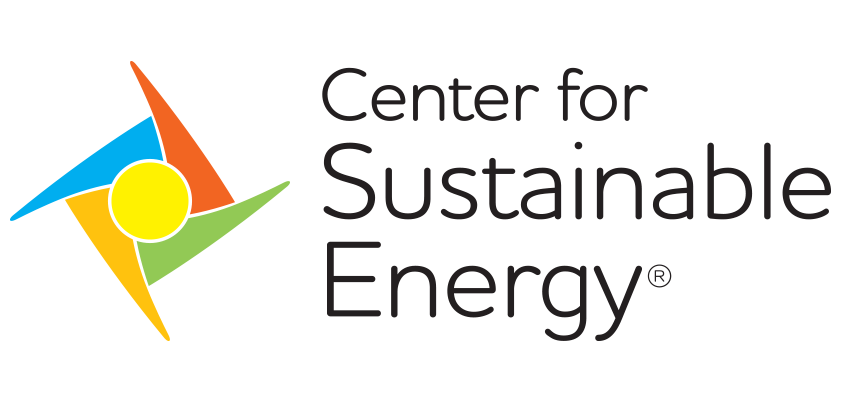Let’s Advance Beyond Single-Technology Incentive Programs

Billions in federal tax credits and incentives are about to be invested to advance the adoption of technologies like electric vehicles (EVs), rooftop solar, electric heat pumps and more.
That’s the good news.
To make the most effective use of these investments, we need to think holistically about how these clean technologies and programs to incentivize their adoption can work together as converged solutions.
Based on the Center for Sustainable Energy’s experience administering clean energy and transportation incentive programs valued at over $4 billion across the U.S., we have recommendations for policymakers, program designers and administrators for a more integrated, streamlined approach. This integrated approach could dramatically speed up and expand the adoption of clean technologies to better meet both greenhouse gas reduction and equity goals.
1. Facilitate incentive layering.
Incentive programs for one type of technology – EVs, EV chargers, solar panels, energy storage or electric water heaters or heating systems – are geared toward getting early adopters to go first, building a market for new technologies and reducing their price as they scale.
Programs directed toward one type of technology exist at the local, state and federal levels. These incentives are not always coordinated, making them confusing and hard to access and limiting their benefit. The first step in facilitating effective incentive programs is ensuring that applicants can layer these different incentive programs to get the maximum benefit possible.
2. Think beyond single-technology programs.
To rapidly expand technology adoption to the mass market, we should think more broadly. Imagine if programs designed to spur EV adoption were connected to programs that help homeowners install EV charging and then to programs that encourage rooftop solar and energy storage. Or if affordable housing complexes eligible for energy efficiency and rooftop solar programs were also incentivized to install EV charging for their residents.
This concept of “incentive bundling” is gaining traction. The Sacramento Municipal Utility District Home Performance Program (HPP) is an example of a utility bundling energy efficiency, building electrification, EV charging, and panel upgrades into a single customer offering.
Incentive programs should start by helping property owners reduce their current load, and energy bills, through efficiency measures. This gives the homeowner (and the grid) the breathing space to add new load, such as from EVs and heat pump systems, while minimizing overall energy use.
The next step is encouraging the adoption of clean energy technologies, including on-site renewables and storage that can meet the new load, in a holistic way that makes it faster and cheaper to install and use them, leading to faster and less costly greenhouse gas emissions reductions.
3. Align definitions and requirements.
What does low income mean? What defines a priority population? What are the specifications of the technologies being incentivized?
Cities, counties and states will have different answers. While programs should reflect unique and diverse circumstances, more effort is needed to harmonize programs. Ideally, programs would provide consistent requirements for income eligibility, technologies and other key parameters. Expecting consumers to disentangle the myriad income or geographic eligibility requirements is likely to reduce participation or cause application errors.
4. Coordinate and cross-promote clean energy solutions.
Individual agencies operate from their own regulatory and policy framework, which can result in programs that successfully reach isolated goals. To address climate change, the impact of multiple incentive programs should be considered together.
Enabling clean energy and transportation programs to coordinate and share participant data would be a good step. Granting program administrators the ability to share data between programs in the same state would be even better. A view of the impact of different incentive programs would allow program administrators to identify and overcome challenges to adoption within and among programs.
Consumers deserve a clear process
With billions of dollars to be deployed toward speeding adoption of clean energy and transportation, legislators, policymakers and incentive program designers can ensure a more efficient, effective and equitable return on this investment by making it easier to layer incentives for one technology and bundle incentives for multiple technologies, aligning program definitions, and coordinating on data and goals. As facilitators of the clean energy transition, we owe it to consumers to make the process as clear as possible.

